Vao Tower-Stronghold
Vao Tornlinnus
The tower-stronghold of Vao was probably built in the second half of the 14th century. The square construction is made of limestone.
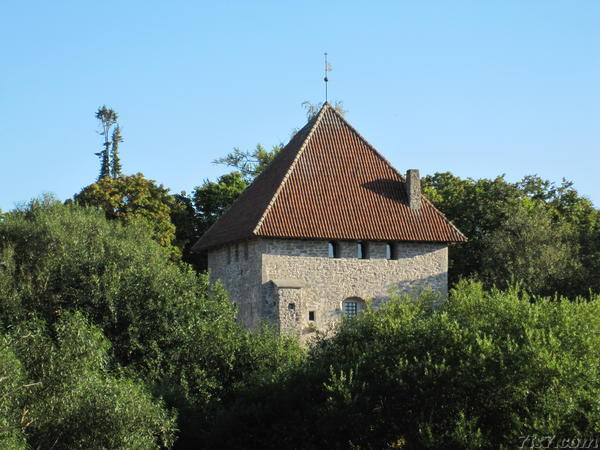
Tower-strongholds were built by vassals to protect roads and waterways and to protect themselves against peasant uprisings. Construction of such tower-strongholds increased after the failed St. George's Night uprising (Estonian: Jüriöö ületõus) by peasants in 1343.
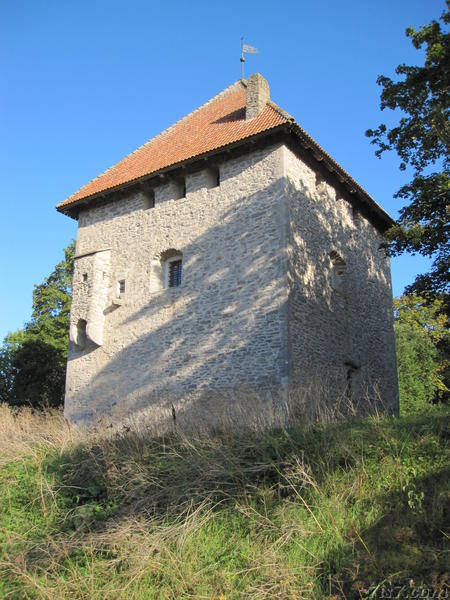
The tower consists of 4 floors, with each floor having its own purpose. The ground floor was a well fortified and defended floor and provided the only way into the tower. The first floor (or second floor depending on how you count), was the living area, which included a toilet and washbasin.
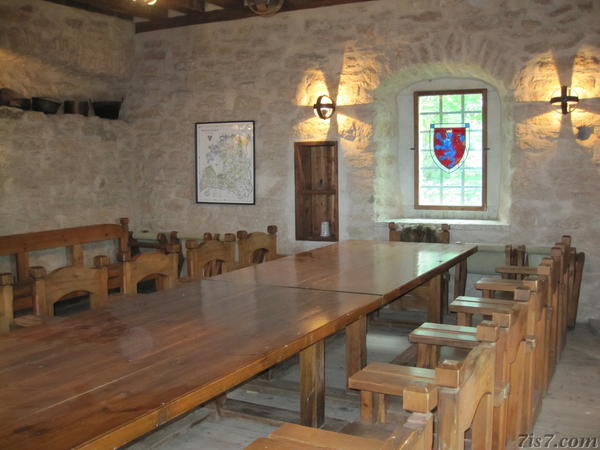
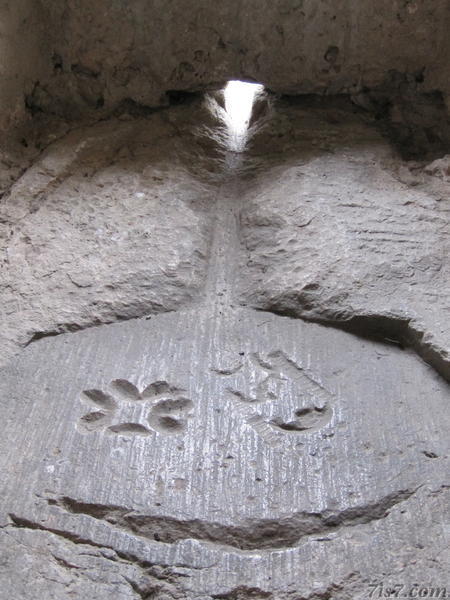

The top floor provided defence for the tower. The ceiling of that floor was protected against fire (in case attackers would try to set fire to the place). This was done with a layer of limestone slabs as you can see on the photo below.
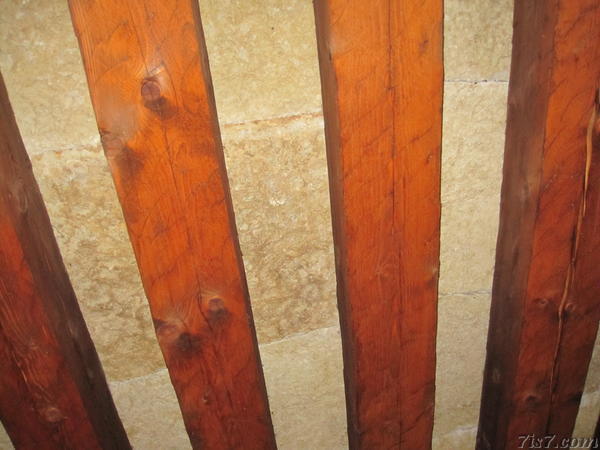
The cellar could only be reached from the living area on the first floor via a stairs through the wall. It was not reachable from the ground floor, in case the ground floor fell in the hands of an attacker, supplies in the cellar would still be safe. There is also a supportive pillar in the cellar.
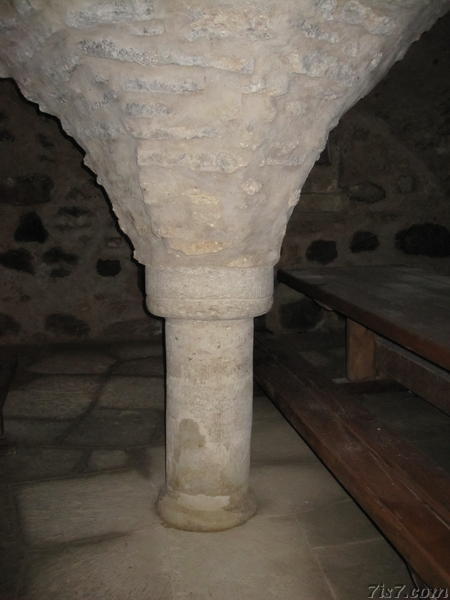
The limestone used to build the tower is often filled with fossils.

Besides the Vao tower the only other tower-stronghold that remains intact to this day is the one in Kiiu.
Location: 59°6'3"N 26°11'36"E on: Google Maps, OpenStreetMap, Maa Amet.
Copyright Otto de Voogd 2009 & 2010


